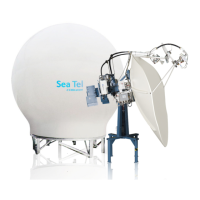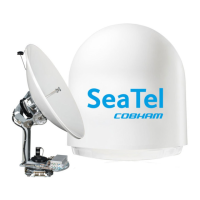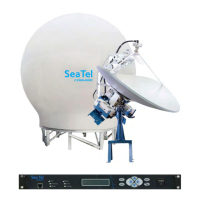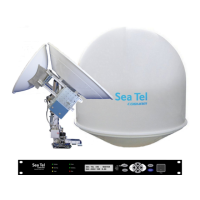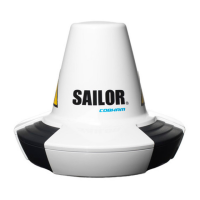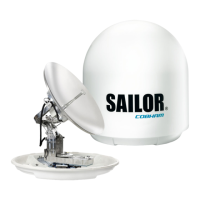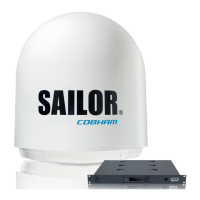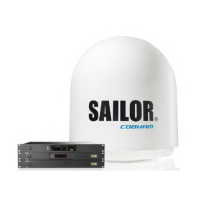(trading as Cobham SATCOM)
4030 Nelson Avenue
Concord, CA 94520
Tel: +1 (925) 798-7979
Fax: +1 (925) 798-7986
(trading as Cobham SATCOM)
Lundtoftegaardsvej 93 D, 2800 Kgs.
Lyngby, Denmark
Tel: +45 3955 8800
Fax: +45 3955 8888
Web: http://www.cobham.com/satcom Email: satcom.ohc@cobham.com
February 11, 2016 Document No. 99-150146-A
9711IMA-70
anual
EAR Controlled - ECCN EAR99
EAR Controlled - ECCN EAR99
This technical data is subject to US Government export control in accordance with
the Export Administration Regulations. Export of this data to any foreign country
or disclosure of this data to a Non-US person may be a violation of Federal law.
